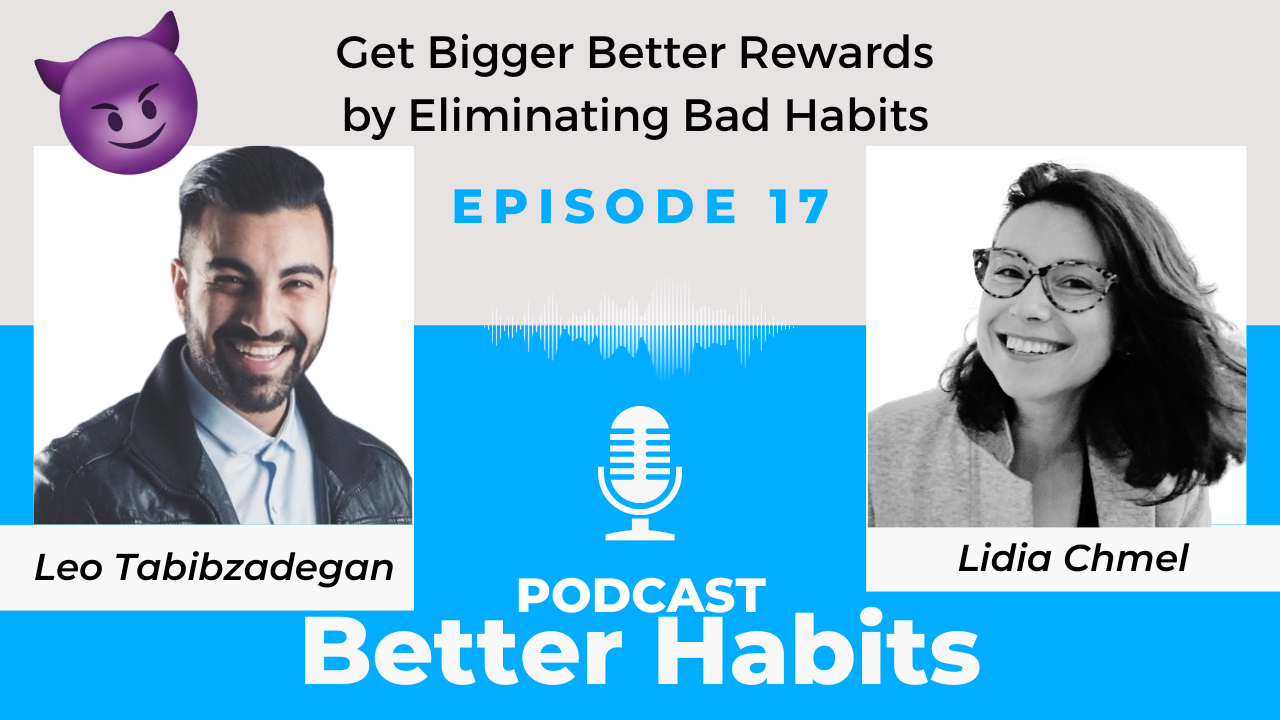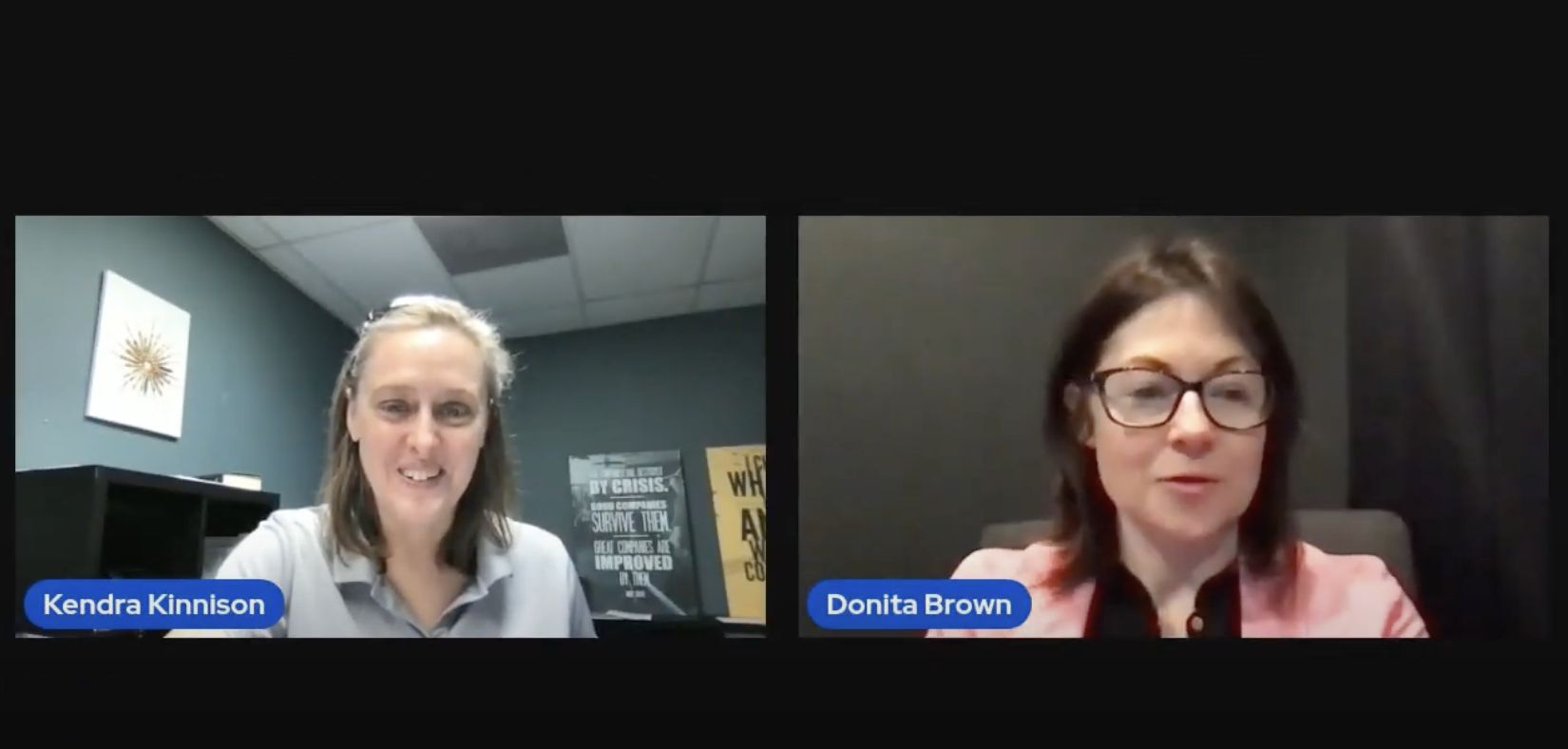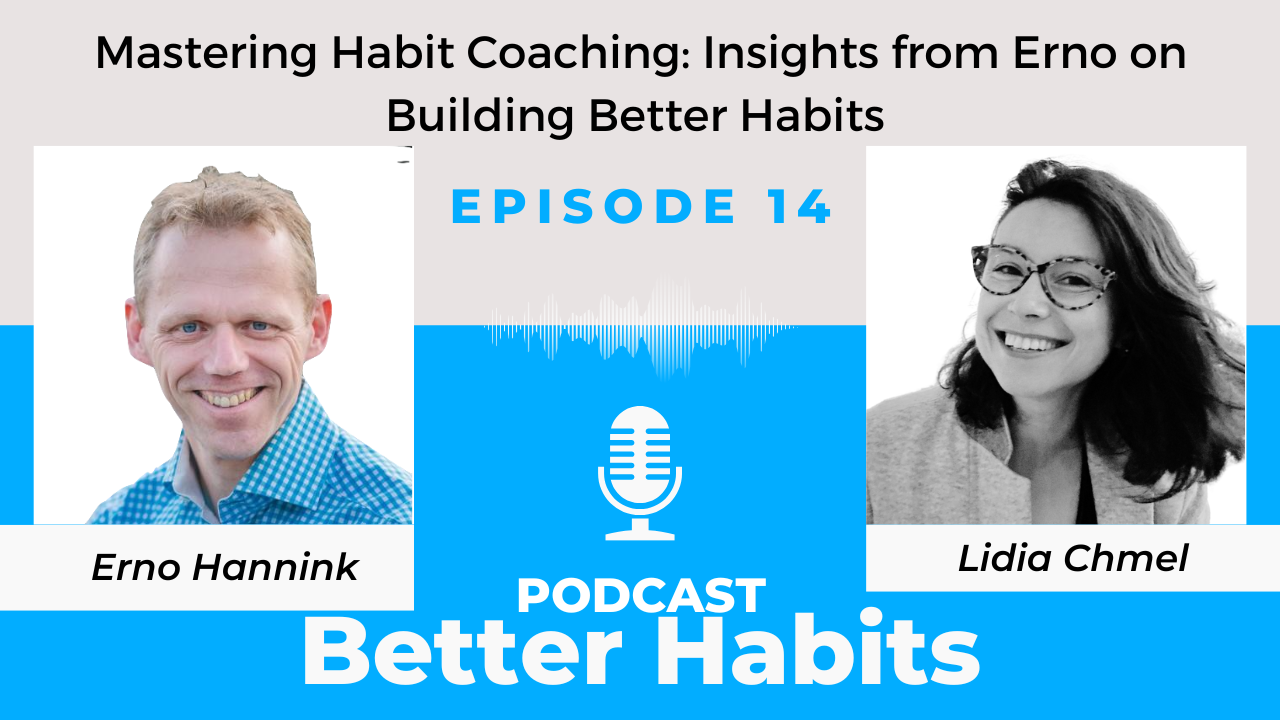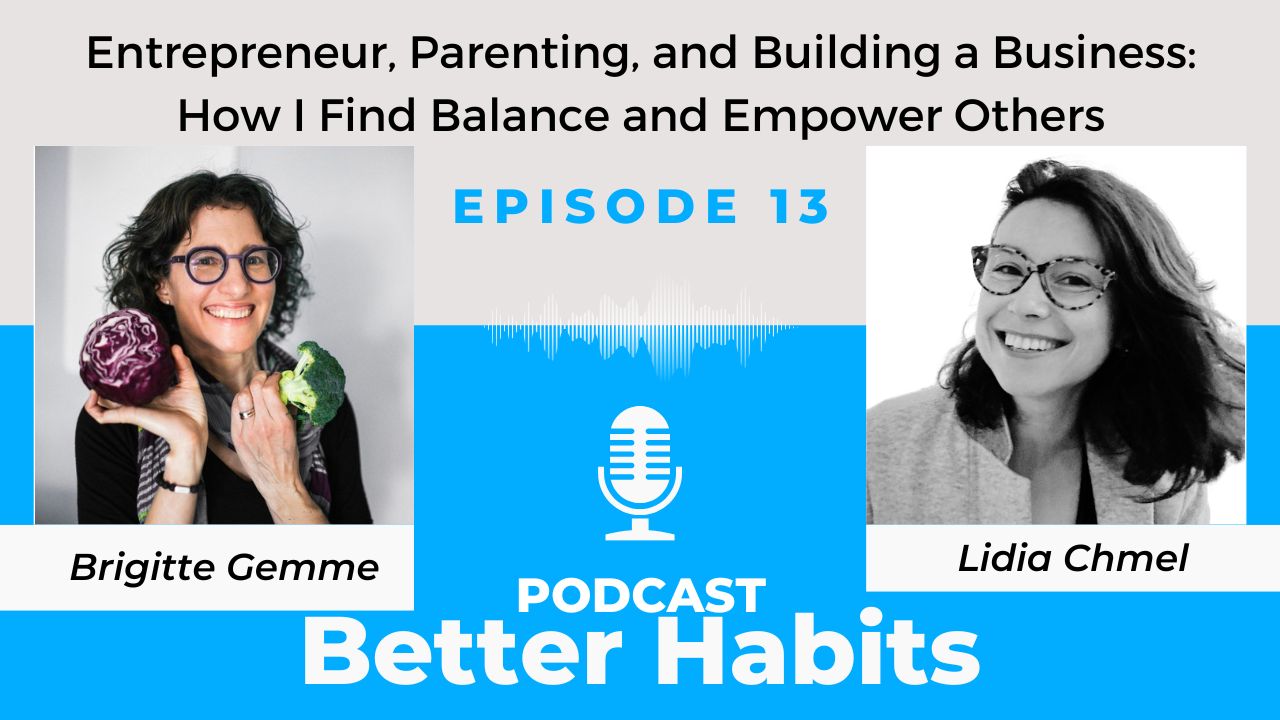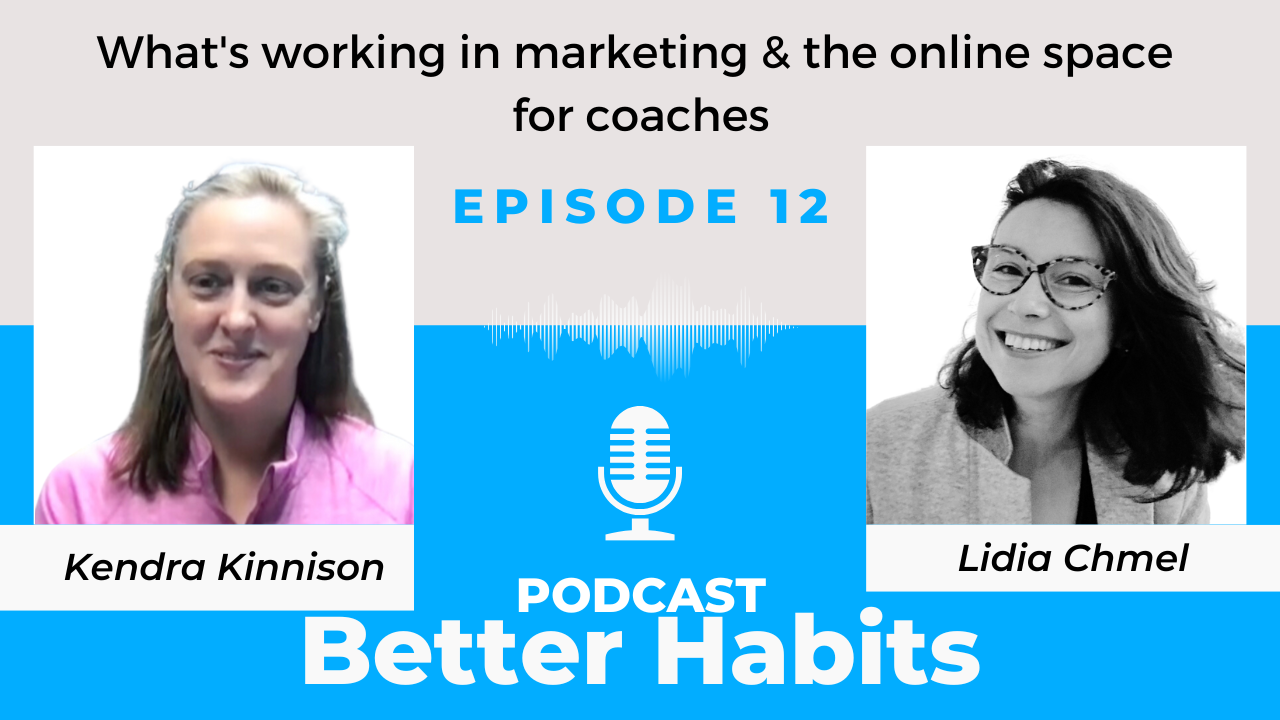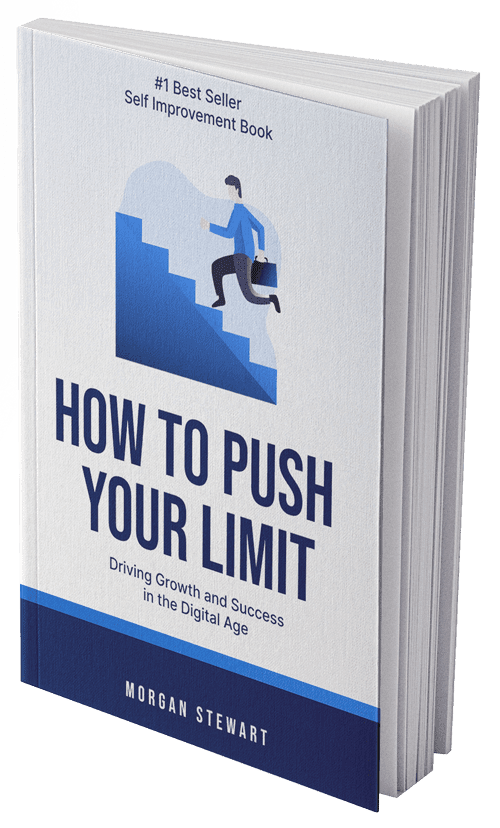Milestones are one of the big new concepts that we’re working to introduce for Lift 2.0 (along with step-by-step coaching and discussions).
Hitting a milestone, which for most goals is set at 21 steps, generates a celebration screen. That’s what we’ve redesigned for today
This new screen is definitely more celebratory, introduces a concept of pace (which we’d like to expand on), and fixes a major usability bug. The old screen had a giant “archive” button that we meant as a convenience, but which some people read as “achieve” or that you couldn’t keep tracking your goal. That button is gone—definitely shoot for multiple milestones in the same goal.
If you want to see this screen today, try signing up for the single-step goal “Test Lift Plans with One Instruction”.
Previously we’ve talked about milestones as a solution to a treadmill problem in Lift. You’d keep going until you failed, so even the longest streak was bound to eventually end in tears.
But there’s also a behavior science angle. We often talk about a Stanford Professor, BJ Fogg, and his BMAT model (Bevahior change comes from Motivation, Ability and Triggers). But there’s another Stanford professor that’s just as influential, Carol Dweck.
Professor Dweck’s research touches on the power of belief. Her most famous work is around the difference between Growth Mindsets and Fixed Mindsets. Essentially, your belief around whether you are capable of change is just as important as the actual practice you put in.
This concept of belief is a gotcha topic for behavior designers. We spend most of our time designing for things that are immediate and tangible. For example, BJ Fogg’s BMAT model is a very direct framework to design for.
But every time I talk to a behavior designer, we always end up talking about how much anecdotal evidence we have that belief is a major driver in the effectiveness of our solutions.
In the old Lift, if you were on a streak we were reinforcing the belief that you could change. But if you broke your streak we were reinforcing the belief that you were bound to fail.
That’s because all of our measures of progress were temporary. They only reflected your moment in time. Milestones are our first shot at permanent measures of progress.
If you’ve achieved a goal before, you can achieve it again. I’m looking at my profile and seeing that I’ve achieved nine milestones in the last two months. That doesn’t go away just because I get sick or go on vacation.
So the behavior change goal for milestones is to reinforce your confidence that you can change whatever you want to change.
In other news from around the world of Lift:
- We’ve launched a series of Fitness challenges for February. Call it #FabAbFeb. My abs are so sore.
- We’re getting ready to release the results of last month’s Quantified Diet project. Here’s a teaser: 74% of people lost weight, the average weight loss was 1.07% and we’re going to turn this into a permanent ongoing study of diet.
- Terrie is joining the Lift team to help with support. She joined Lift back when it was just my side project (user number 9), but then went of to spend two years in Ghana with the Peace Corps. It’s a real joy to be working with her again (this is our third job together).
- I recent review of Lift included the phrase, “If you’re used to, y’know, YouTube comments, then the Lift community will be a welcome change.” That’s props for all of you for being so generous with each other. Thank you!

